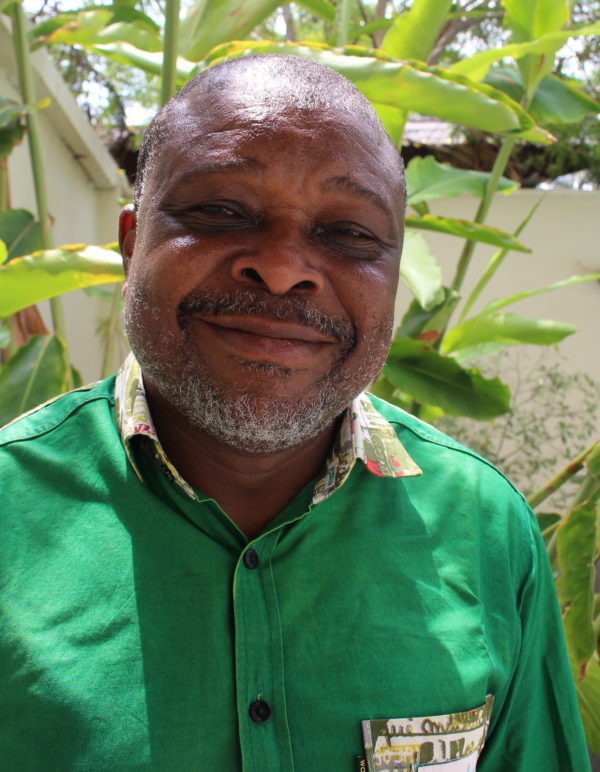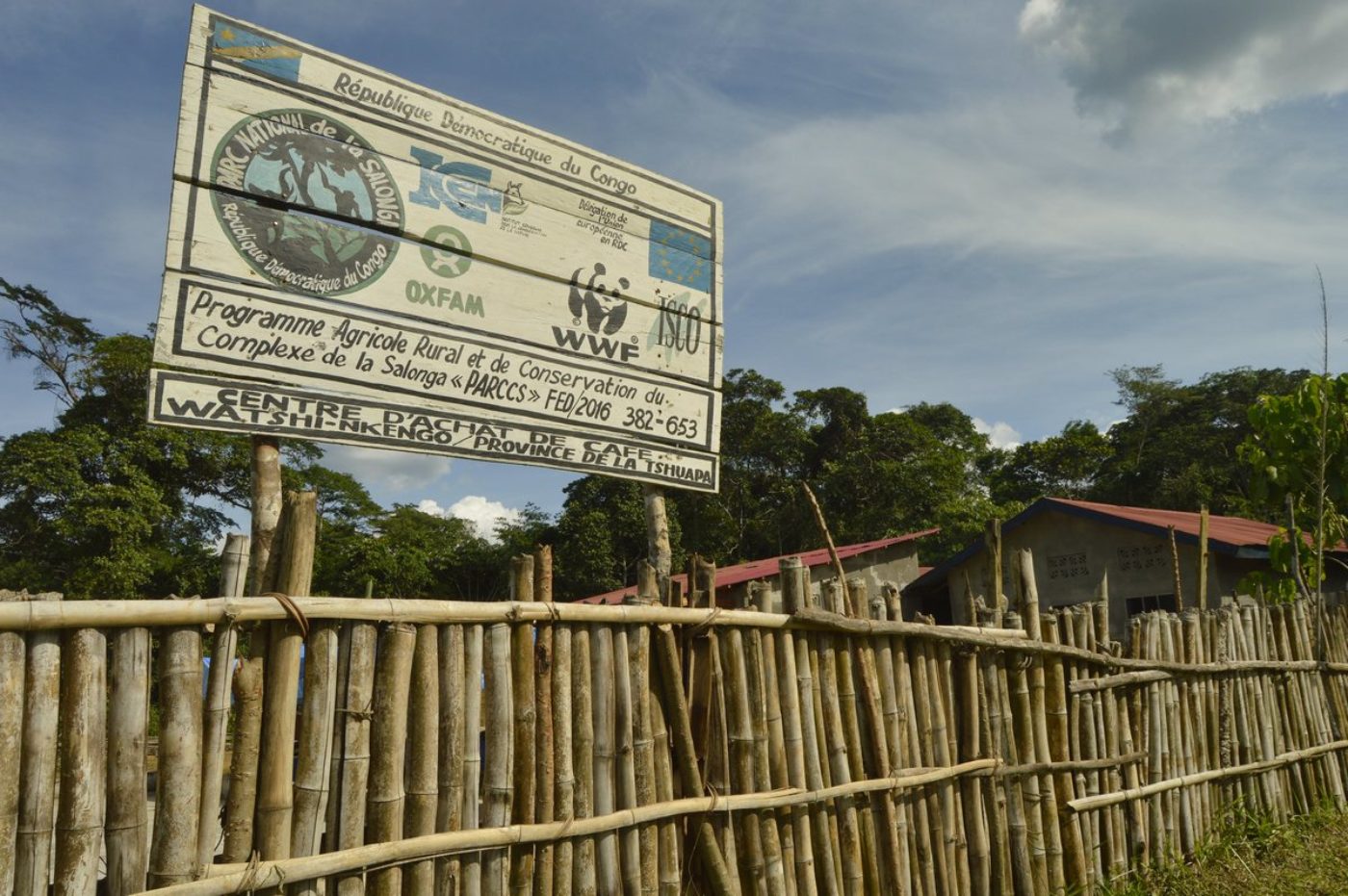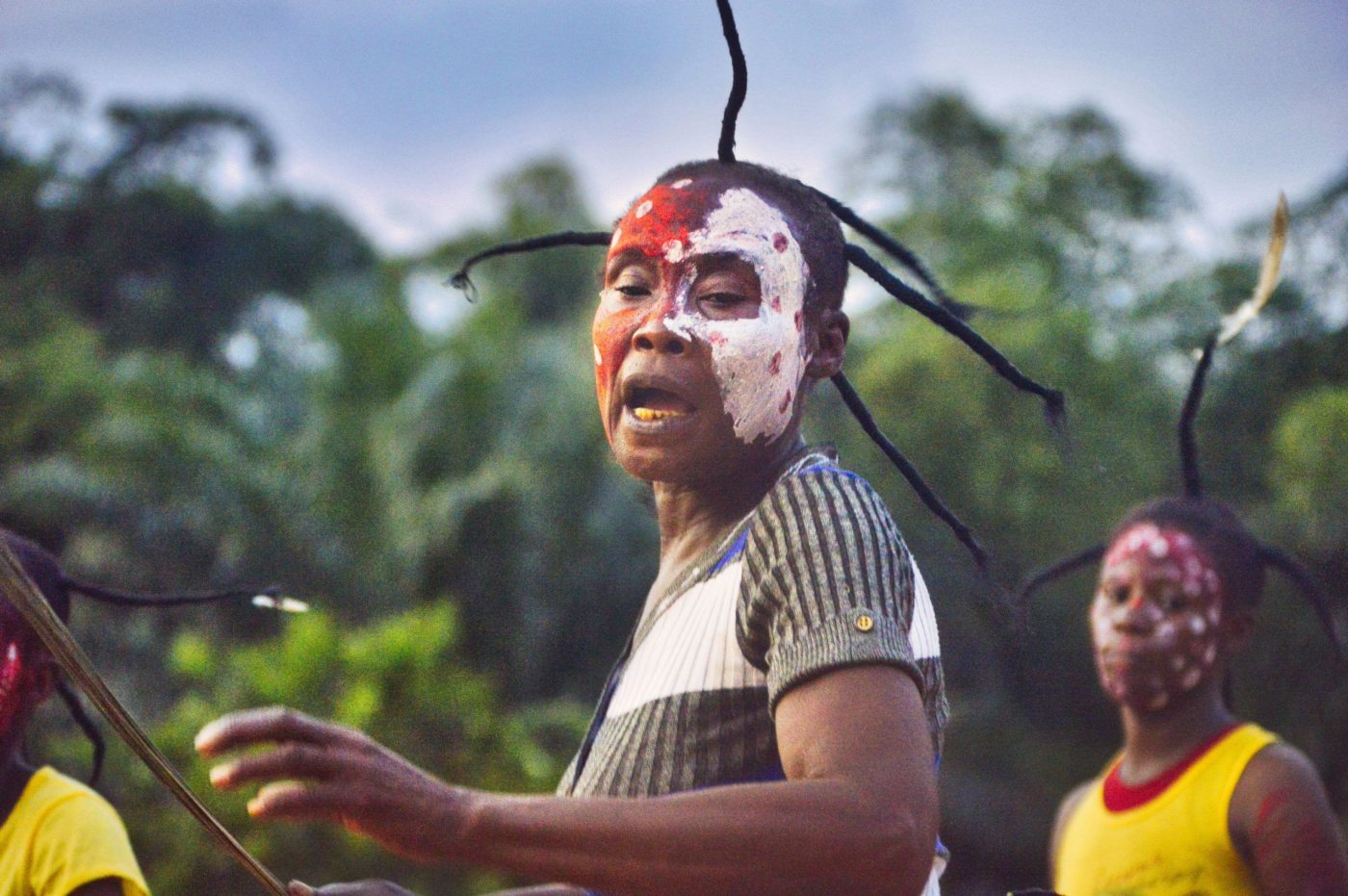Local communities living on the periphery of the park often see the park as their only resource for survival. Apart from the use of natural resources, these communities have so far not been able to benefit from the park, for example because there is no tourism yet. In its intervention, ISCO supports these communities to improve their livelihoods in a sustainable manner.
Why did ISCO choose to support coffee growing in the Watsikengo area?
Willy Bitwisila, ISCO’s National Representative, explains: “When we arrived in Tshuapa, we started with consultations with the beneficiaries to identify the activities to be undertaken. We had planned to promote cash crops in the project, and it was the population that chose coffee because they had already grown it in the past.”
Indeed, the Tshuapa province was an important coffee-producing region in the country until the late 1990s. Unfortunately, production has suffered from the political events and context that the country has gone through in recent decades and coffee has almost ceased to be cultivated as a cash crop.
Although producers have gradually become discouraged due to the disappearance of purchasing structures, and several have even passed away, coffee plantations are still present.
The ISCO component of PARCCS (Programme Agricole Rural et de Conservation du Complexe de la Salonga) – a program funded by the European Union, USAID and the German government through KfW – has therefore sought to rehabilitate these old plantations.
“To date, the project has been able to launch the recovery of fields that cover nearly 500 hectares. It should be noted, however, that in these old plantations, only about 30% of the coffee trees present can actually be recovered. The remaining areas are gradually being covered with new coffee trees from nurseries installed with the support of the project,” explains Willy Bitwisila.
To encourage the farmers, the project has thought of creating and setting up a coffee buying center where a strong emphasis is put on the quality of the product to be supplied. The current 1000 farmers are grouped into 22 associations and receive technical support from the project team.

Willy Bitiswila, ISCO’s national representative in the DRC, works with the NGO since 2006 and studied agronomy at the University of Yangambi. He likes coffee very much, not only to drink it, but also because it is a “social” product that is usually shared with the entire community if available.
The center employs an expert, Florentin Ngombo, who has a solid experience of working in structures that had existed in the region. An agronomist, Danny Lifinda, supervises four supervisors, each of whom is responsible for 5 to 6 associations
In order to make the old plantations productive again, it is necessary to carry out some works: to cut the old superfluous branches, to cover the empty spaces, to eliminate the useless shade of the other trees, to get rid of the too old coffee trees.
The center also teaches in its experimental fields the necessary know-how for the cultivation of new plants.
The policy implemented by the center aims at providing a quality product, a careful sorting is made at harvest time to keep only the best cherries. The pleasure of a good cup of coffee depends on the care taken since the harvesting stage. The cherries are then carefully dried before pulping. The center has a hulling machine and a dehulling machine to ensure proper treatment of the coffee after harvest.
A private entrepreneur interested in purchasing has already been identified and the project is accompanying the negotiations between the producers and this entrepreneur. The producers are however free to sell to the buyers of their choice and there is no exclusivity of any kind.
The project aims to have each household involved in the cultivation to have one hectare covered (keeping in mind that one hectare of coffee can contain 1100 plants capable of producing). At the moment the coverage is about 400 plants. If we reach the desired level of coverage, we can envisage a production of about 1500 kg per year per household.
This initiative to revive coffee production in Tshuapa with the installation of a sales facility for farmers is part of the actions to settle farmers with a view to enhancing the value of fallow land, thereby reducing the threat to the Salonga National Park and improving the livelihoods of communities at the same time.
This is also a step towards the eventual production of a Salonga-labeled coffee.
Inauguration of a coffee centre
Arabica and Robusta coffee
The flavors of coffees differ depending on the soil, altitude, climate, the way the beans are dried by the producer and the way they are roasted. Each coffee has its own aromatic character.
Two main varieties of coffee are grown in the world: Arabica and Robusta.
Arabica coffee is the most widespread variety of coffee in the world. It takes its name arabica from the Arabian Peninsula. There are nearly 200 types of arabicas classified into several subspecies. Arabica coffee represents 70% of the world’s coffee production. The trees grow in the highlands, between 800 and 2000 meters above sea level. Arabica is distinguished by its great finesse, its more developed aromas than those of Robusta and its low caffeine content.
Robusta coffee takes its name from the robustness and resistance of its tree. This coffee tree can grow to nearly ten meters and is resistant to many diseases, insects or extreme weather conditions. Robusta coffee is grown in the plains at a lower altitude than Arabica, between 0 and 800 meters above sea level in a hot climate ranging from 24 to 30°C. This species of coffee is easier to cultivate than Arabica. Robusta coffee represents 30% of the world coffee production. The coffee grown in Tshuapa is robusta.
Robusta has a less developed aroma, a more bitter and full-bodied taste than Arabica. In addition, Robusta coffee contains twice as much caffeine as Arabica coffee. Robusta is mostly responsible for the “crema” of a coffee and thus often used in Espresso blends.








